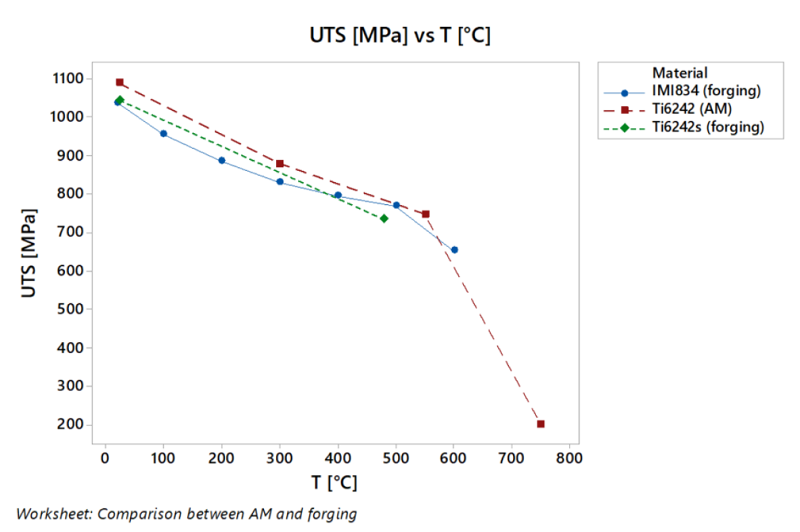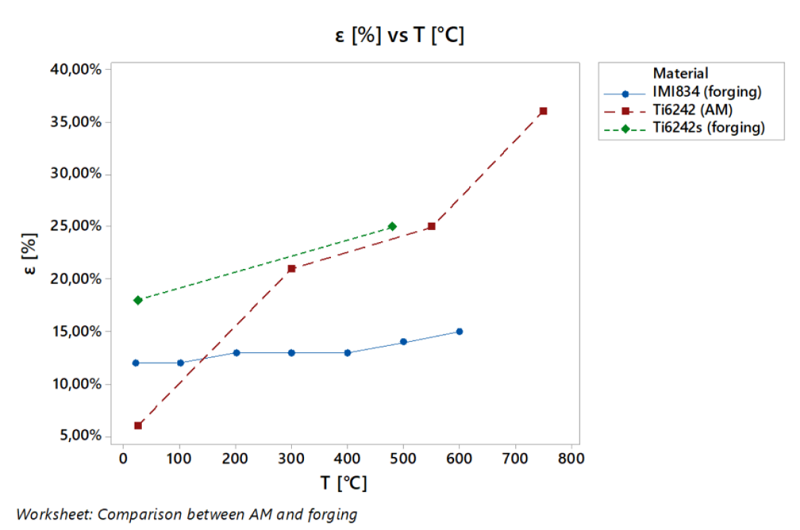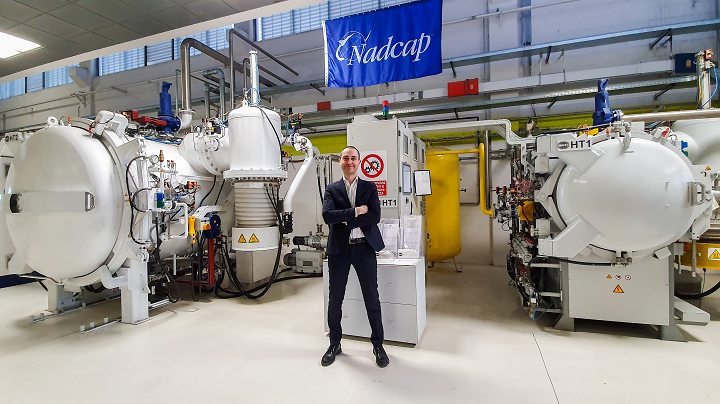Headquartered in Italy, with nearly 50 dedicated additive manufacturing systems distributed across five facilities in the Parma province of the Emilia-Romagna region, the BEAMIT Group is said to be Europe’s largest 3D printing hub, and has specialized in metal AM powders and metal 3D printed components for demanding, high-tech industries like aerospace, automotive, energy, industrial engineering, and racing for over two decades. Now, the company announced that it has come up with an additive manufacturing process for Ti6242, a titanium alloy that’s prized by the motorsports industry for its specific resistance to high temperatures and tensile strength up to 1000 MPa. BEAMIT says that the results of its analysis and research reveal that this particular alloy delivers better results in aeronautical and motorsports applications when it’s 3D printed, as opposed to processed with a more traditional technology, like forging.
“Researching and developing new materials has always been fundamentally important in the BEAMIT Group and we are very proud to currently be the only company capable of offering the market top-flight technological solutions, especially in sectors like motorsport, automotive and aerospace,” Giuseppe Pisciuneri, BEAMIT’s Chief Commercial Officer, stated in a press release. “Being pioneers of this innovation and using our materials in our clients’ new projects motivates us to keep growing and spurs us on to bigger and better things.”
According to BEAMIT, the first titanium alloy materials were created near the end of World War II as replacements for nickel superalloys in supersonic aircraft engines, and were also used for other high-temperature applications. The composition of 3D printed Ti6242 makes it a good choice for aeronautical components. Additionally, BEAMIT says that nearly all titanium alloys for high-temperature applications were made with conventional techniques prior to 2019, which it says is the year that the motorsport industry started investigating the use of 3D printed titanium alloys. There are some other materials used for automotive and motorsport applications that are capable of making components with levels of tensile strength not dissimilar to what Ti6242 can offer, but they’re a lot heavier. The benefit of this 3D printed alloy is that the parts are reduced in weight without being reduced in strength.
The company decided to conduct a study to find which titanium alloys could be created using laser powder bed fusion (LPBF) 3D printing, in order to optimize the mechanical properties of the best material at temperature. Their results found that 3D printed Ti6242 had the best performance.
“Development of the Ti6242 process began in 2019 as part of a thesis project in collaboration with Politecnico di Milano university. The material adapted perfectly to laser powder bed fusion (LPBF), but our real focus was on the heat treatments,” explained Alessandro Rizzi, BEAMIT Group Materials and Special Process Manager. “We devised different vacuum cycles to optimise its mechanical properties at room temperature and at high temperatures and also developed the integrated high-pressure heat treatment process.”
The BEAMIT researchers discovered that the “highly innovative and unprecedented” 3D printed Ti6242, which can be fabricated into complex shapes, has a density of 4.5 g/cm3, is able to withstand temperatures up to 500°C, and features high tensile strength, in addition to “extreme lightness.” These combined properties give the alloy a high specific resistance, or strength-to-weight ratio, which makes it an ideal option for applications needing strong components that are lighter than steel and nickel superalloys.
“Ti6242 produced via LPBF and then subjected to solution heat treatment (above the beta-transus temperature) and ageing was characterised by tensile tests at room temperature and also at 300°C, 550°C and 750°C. (NB: these alloys are usually used for applications up to 550°C; the 750°C test was conducted to explore how it behaved at above normal working temperatures),” BEAMIT wrote. “From these graphs, we can see that the mechanical strength in terms of ultimate tensile strength (UTS) and yield strength (YS) of AM-produced Ti6242 (in red) is comparable if not even better than the properties (available in the literature) achieved by Ti6242 and by IMI834 (one of the highest-performing Titanium alloys at high temperatures) produced with conventional technologies (forging). The ductility of Ti6242 (AM) is confirmed by the elongation at break (ε) values.”
Ultimately, the BEAMIT researchers said they 3D printed a Ti6242 component that performed much better than components made with conventional manufacturing methods.
“Our hard work is essentially geared towards positioning ourselves on a level where we can produce innovation and change the rules of the game technologically and for 3D-printing applications,” BEAMIT Group General Manager Andrea Scanavini said. “We are extremely focused on our clients’ needs and productivity and use our Material and Process Engineering division to respond with turnkey solutions for the next generation of production processes.”
(Source/Images: BEAMIT Group)
Subscribe to Our Email Newsletter
Stay up-to-date on all the latest news from the 3D printing industry and receive information and offers from third party vendors.
Print Services
Upload your 3D Models and get them printed quickly and efficiently.
You May Also Like
The Market and Industry Potential of Multi-Material 3D and 4D Printing in Additive Electronics
Additive manufacturing leverages computer-based software to create components for products by depositing either dielectric or conductive materials, layer by layer, into different geometric shapes. Since its birth in the 1980s,...
3DPOD 262: Bio-inspired Design for AM with Dhruv Bhate, Arizona State University
Dhruv Bhate is an associate professor at Arizona State University. There, he looks at structures, materials, and design. Previously, he worked at PADT as well as in the semiconductor and...
3DPOD 261: Tooling and Cooling for AM with Jason Murphy, NXC MFG
Jason Murphy´s NXC MFG (Next Chapter Manufacturing) is not a generalist service; instead, the company specializes in making tooling. Using LPBF and binder jet, the company produces some of the...
3DPOD 260: John Hart on VulcanForms, MIT, Desktop Metal and More
John Hart is a Professor at MIT; he´s also the director of the Laboratory for Manufacturing and Productivity as well as the director of the Center for Advanced Production Technologies....







































